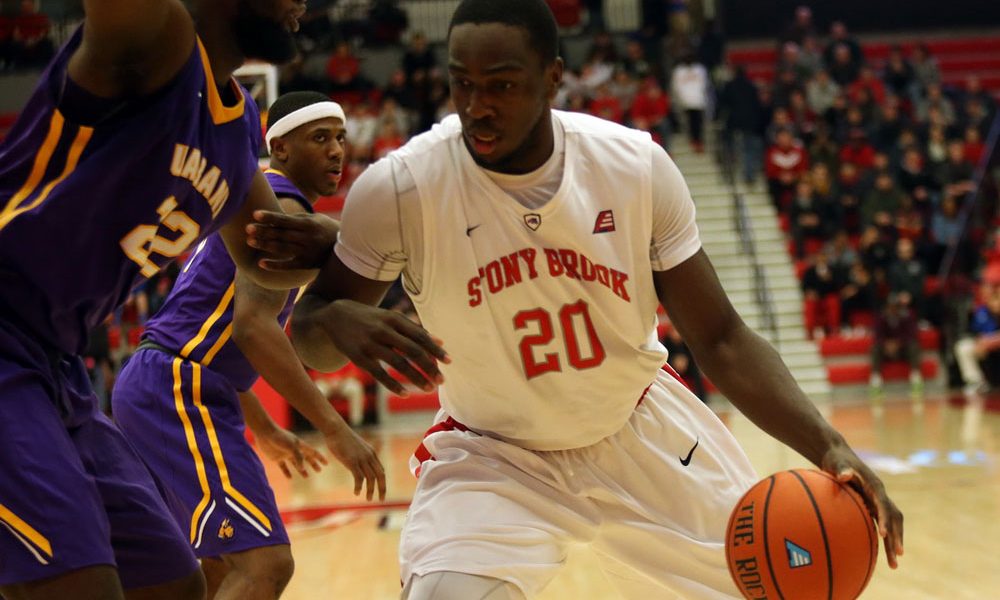As Joel Polanco, a Hispanic Stony Brook University student, finished his musical performance at Café Con LASO, about 150 students in a packed ballroom at Stony Brook’s Center for Global Studies were singing along and burst into applause. Polanco wore a black hoodie which read “Excellence” on the front and “Never Give Up” on the back.
The founder and CEO of a movement he calls “Excellence,” Polanco was one of the seven performers at the event hosted by the Latin American Student Organization on November 5 to celebrate National Hispanic Heritage Month.
“‘Excellence’ is an idea where everybody can come together from all cultures for something greater,” Polanco said. “My way of spreading my message of ‘Excellence’ is throughout my music, sending positive vibes and strength.”
The Hispanic population in the United States reached a high of 55.4 million in 2014, or 17.1 percent of the country’s total population, according to a survey conducted by the Pew Research Center in June. That’s an increase of 1.2 million from the year before. From 1995 to 2000, the annual average growth was 4.8 percent, but the growth has declined in recent years. From 2010 to 2014, the annual average growth dropped to 2.2 percent.
The Hispanic/Latino population accounts for 10.23 percent of Stony Brook University’s population, according to data from Forbes 2015 ranking.
“I think the university could make a bigger effort to recruit Latino students,” Kathleen Vernon, the Chair of the Hispanic Languages and Literature Department, said. “They have an opportunity to recruit and serve a dynamic population in the New York metropolitan area that would be mutually beneficial for the university and the students attending.”
The Latin American Student Organization aims to promote the Latino culture on campus by having community service and professional events, Adam Diaz, the president of LASO, said. “We try to get everybody together, not just the Latino community. We want everyone to enjoy the campus life and learn and grow from their experiences,” he said.
True to Diaz’s word, while most of the performers at Café Con LASO were of Latino heritage, there were people from multiple backgrounds who showcased their talent. “They got to express the arts and their talent,” he said. “It was good to see people that we relate to as Latinos come here and express their talent and have a big audience, so they get exposure, we get exposure, and we have everybody together to have a great time.”
The event featured a singing duet, a group dance by Le Afrique, belly dancing, Polanco’s singing, the cadence step team and poetry read in Spanish, among other numbers.
“They [LASO] have been a longstanding presence at Stony Brook,” Vernon said. “Our department has worked with them. They’ve been an important part of the university’s culture.”
Diana Acosta, the historian of LASO, still sees that a lot of Latinos have become closely intertwined with the American, despite the fact that there are fewer Latinos coming to America compared to 1995-2000.
“Anywhere that I’ve traveled to, it amazes me how I always see Latinos everywhere I go,” she said. “Personally, I love the Latino culture, it’s a very welcoming culture. We don’t really segregate anybody. To us, if you’re willing to participate, you’re part of the family.”
Polanco’s Dominican heritage and background account for an integral role in his life, he said. “Both of my parents come from nothing, and my idea is to give them a better future, a better everything. That’s why I strive for excellence.”




Comments are closed.